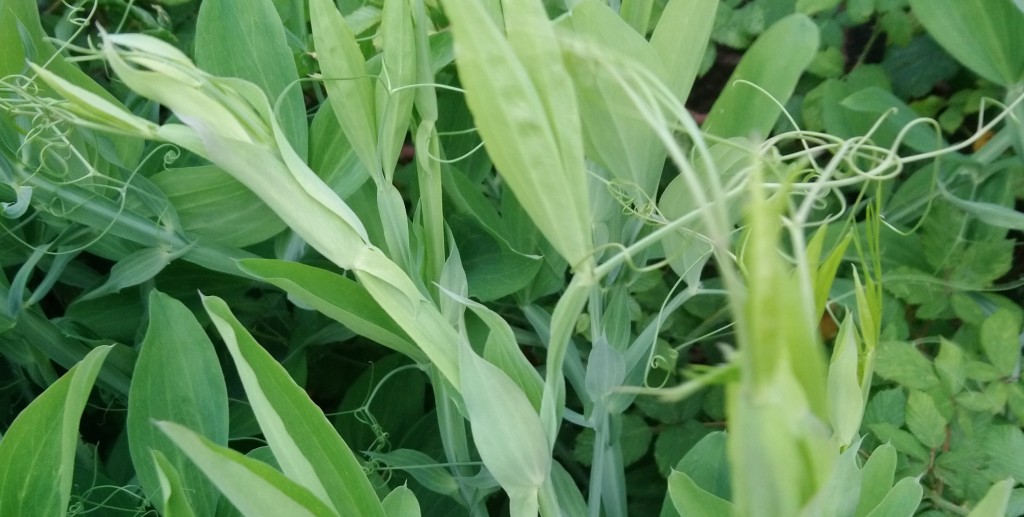
[198] Lathyrus latifolius, Sweet Pea
Introduction
Lathyrus latifolius, the Sweet Pea, is a common and widespread climbing wild plant, often cultivated for its attractive and fragrant flowers.
Outside the UK it is also known as Perennial Pea, Perennial Peavine or Everlasting Pea. British English doe not include the American use of the word ‘vine’ for climbing plants in general.
Many other Lathyrus species are called Peas or Peavines as are other species in the family Fabaceae. Wikipedia asserts that another species is called the Sweet Pea but common names are always uncertain. In the UK this species is generally called a Sweet Pea.
The common edible green pea is Pisum sativum, a close relative.
Taxonomy
Kingdom – Plants
Division – Vascular Plants
Class – Angiosperms (Flowering Plants)
Order – Fabales
Family – Fabaceae
Subfamily – Faboideae
Tribe – Fabeae
Genus – Lathyrus (Peas and vetchlings)
Scientific Name – Lathyrus latifolius
There are many cultivars of this and other Lathyrus species.
Name
The derivation of the word pea is interesting. The Latin pisum, from Ancient Greek pison came first, was adopted into English as pease, with plural peasen, when other methods of pluralization were common.
When the plural ending -s became more common and standard, it was assumed that pease was plural and the singular form pea emerged. (Look out for the word [280] Cherry, which suffered a similar fate. The blog post for cherries was written before this one.)
Lathyrus is the Latin (from Ancient Greek) for vetchlings like the Sweet Pea. Lati-folius means broad-leaved.
Description
There are 20 000 species in the family Fabaceae. They all produce their fruits in pods many of which are called peas or beans.
Lathyrus latifolius has winged stems that give it an unusual, recognizable appearance. As it grows, vertical leaves enfolding the stems emerge and tendrils at the top climb their way rapidly up whatever it can find. It climbs walls or as an ornamental garden plant it is often trained to circle and climb [263] Bamboo poles. Where it cannot climb it has a more sprawling nature – or plants may climb up each other.
Technically, each leaf is a pair of long oval leaflets with a long, winged petiole (the stalk that attaches the leaf) and a single tendril between the leaflets that branches into several tendrils.
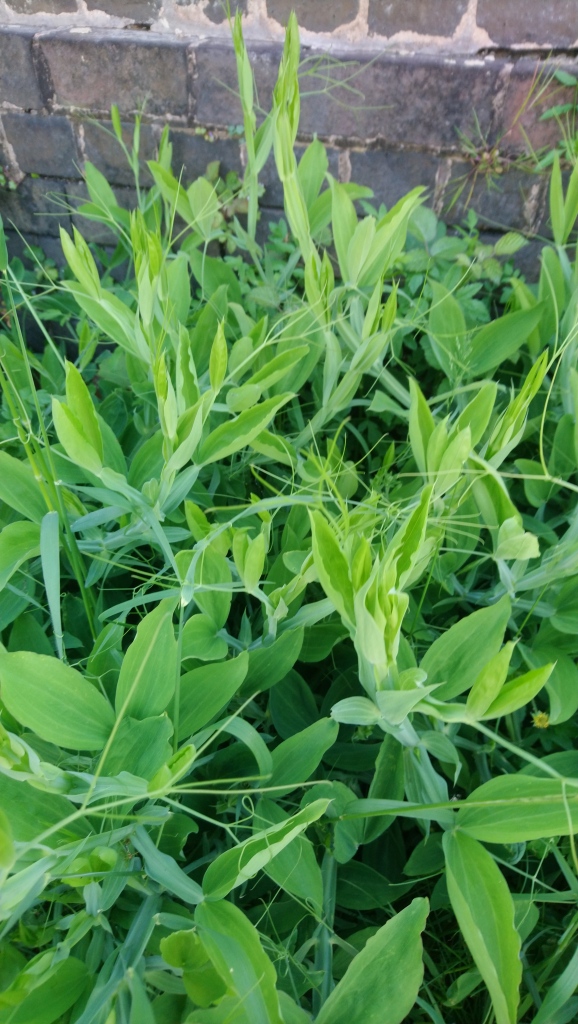




The pink flowers emerge quite late in the year, emerging from the opening leaf bunches in a small raceme of about half a dozen flowers.
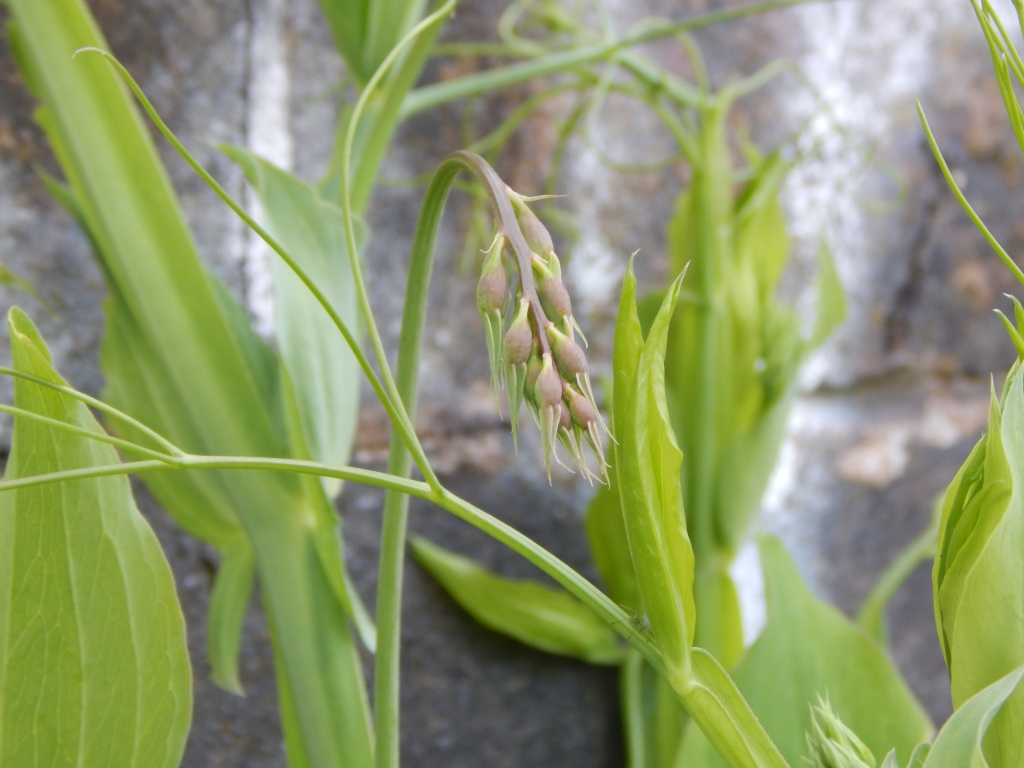
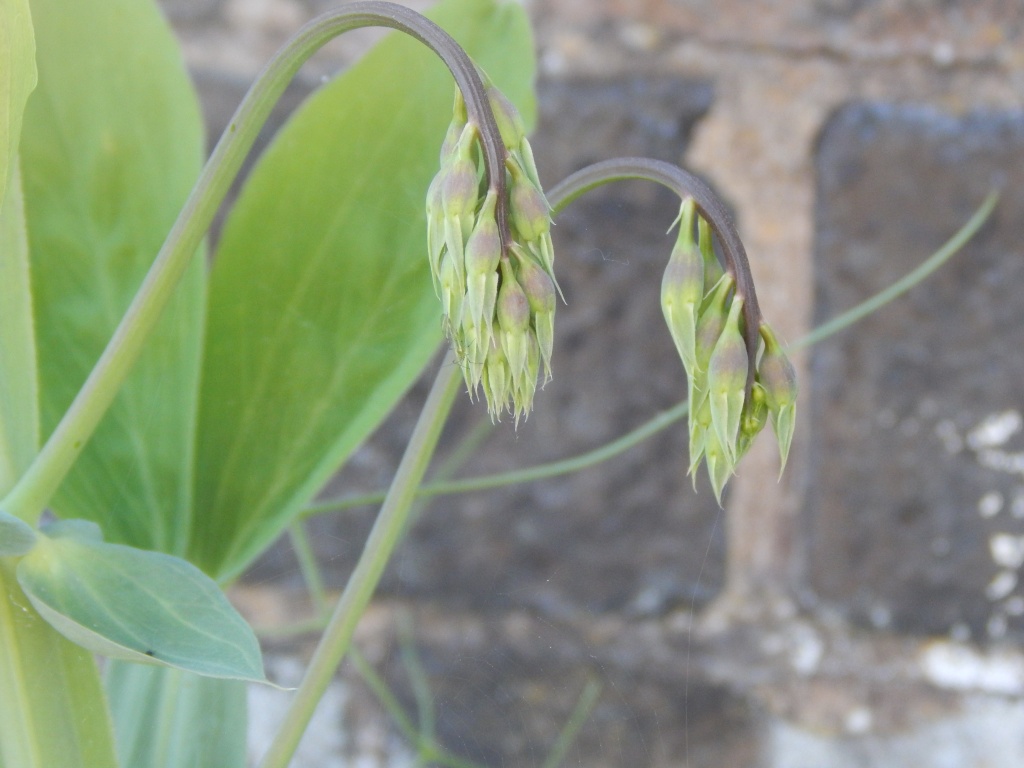
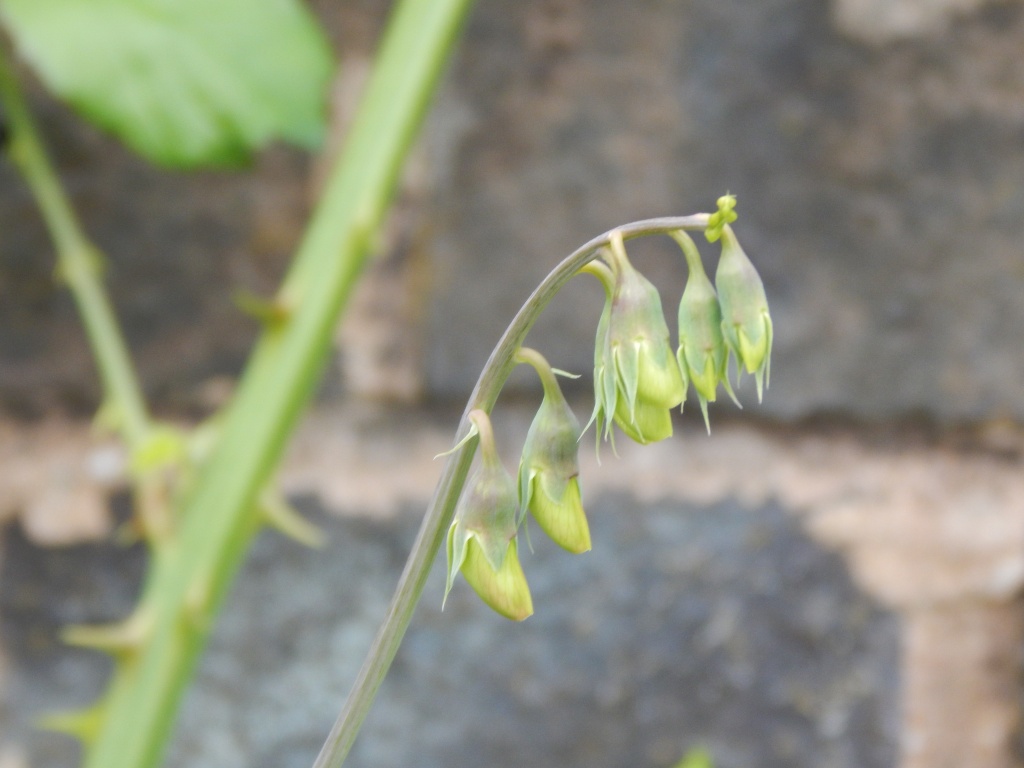
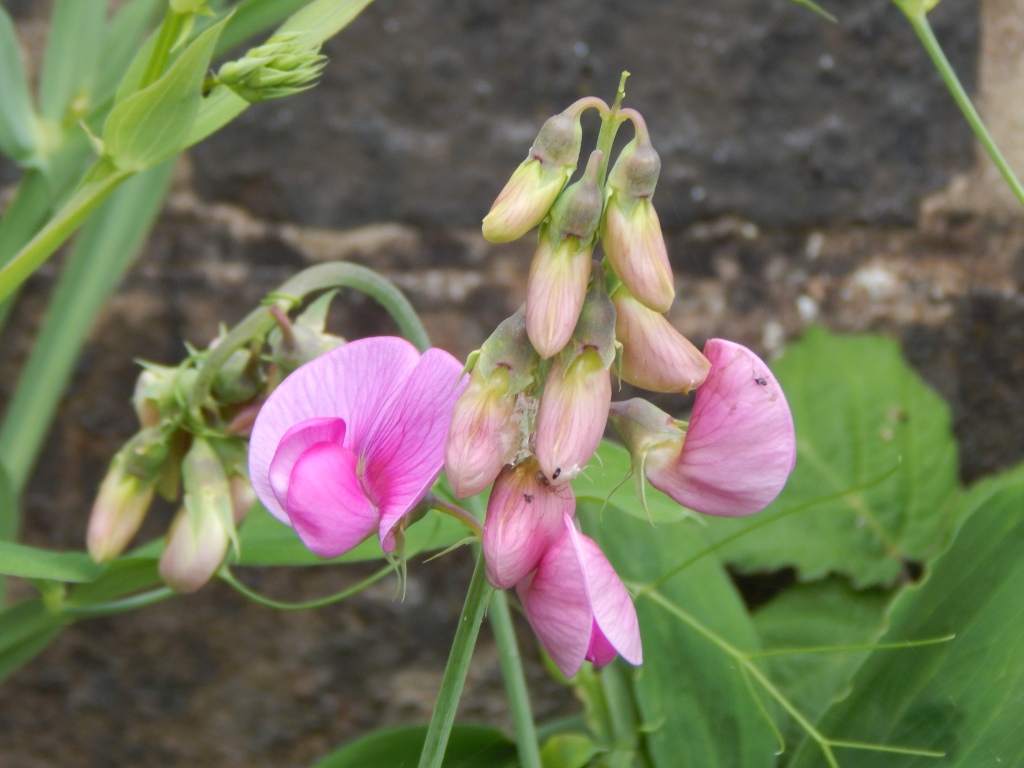
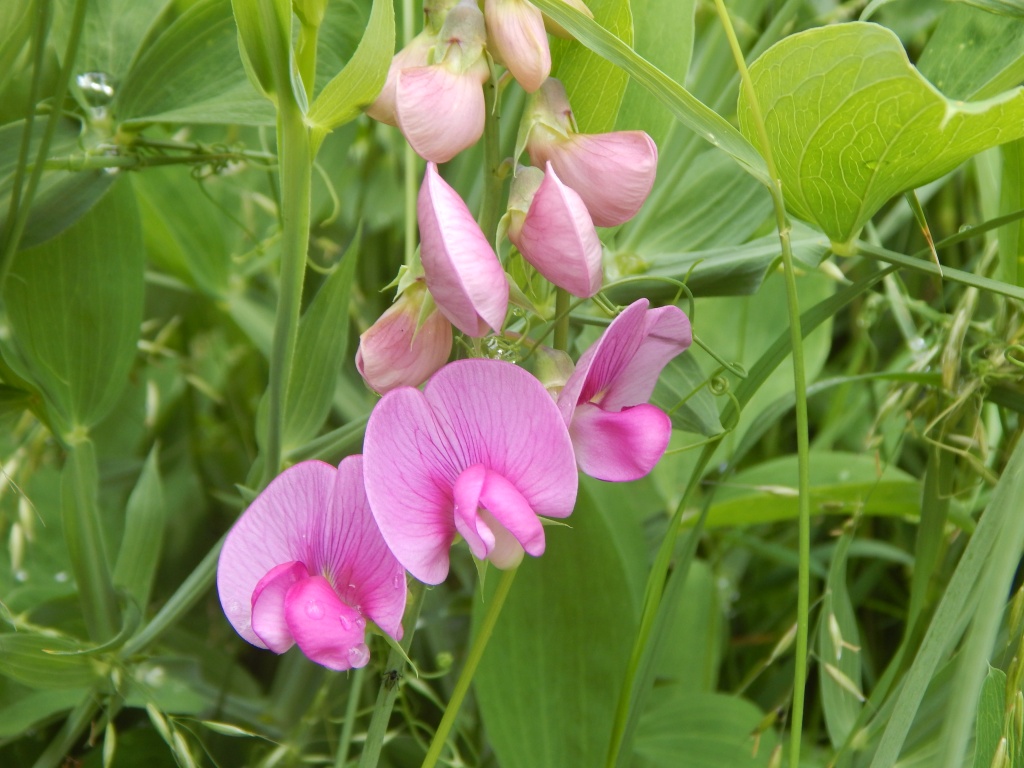

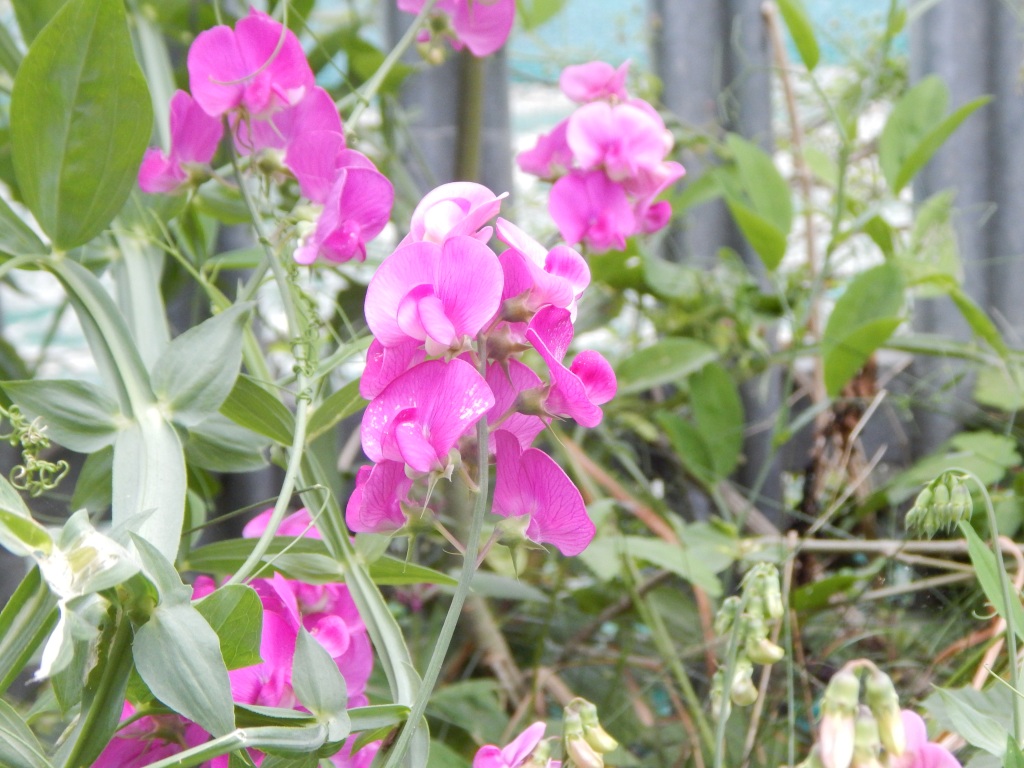
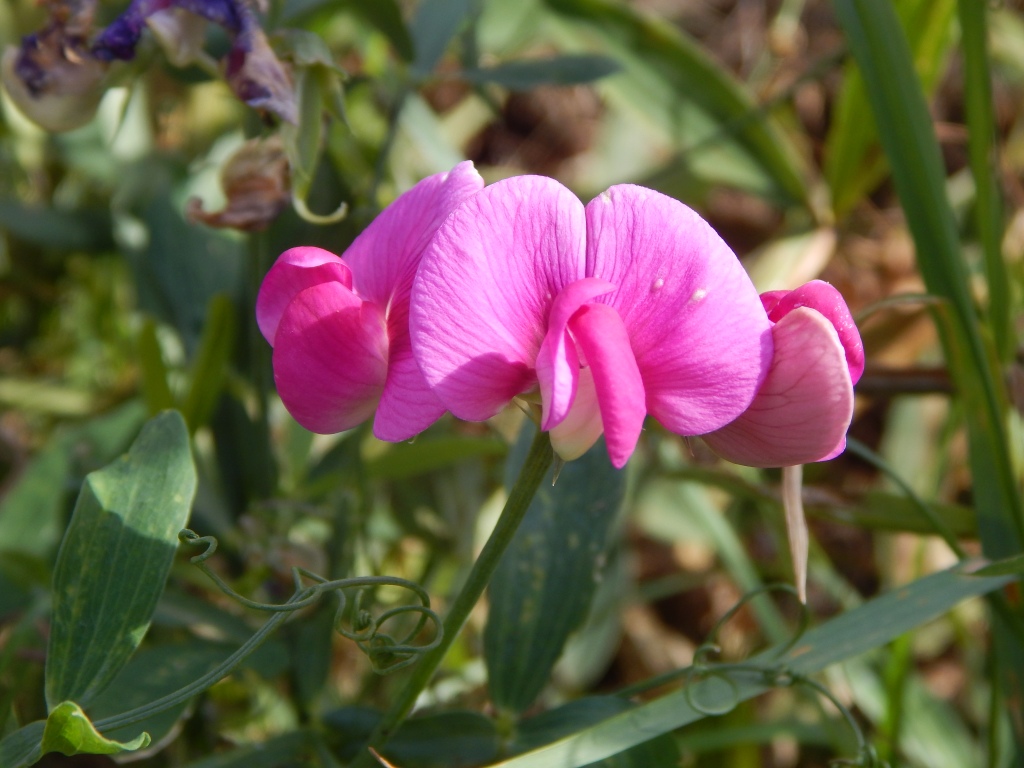
Habitat and use
Lathyrus latifolius is native to most of Europe. It is a perennial plant. Lathyrys odoratus, also called the Sweet Pea, is native to an area around the island of Sicily and is a similar annual plant from which many varieties are derived. There are many cultivars of these and other Lathyrus species and hybrids.
It won’t surprise you that cultivars have a variety of colours for the flowers. When grown in gardens the cut flowers may be taken indoors for display and they are sometimes sold as cut flowers.

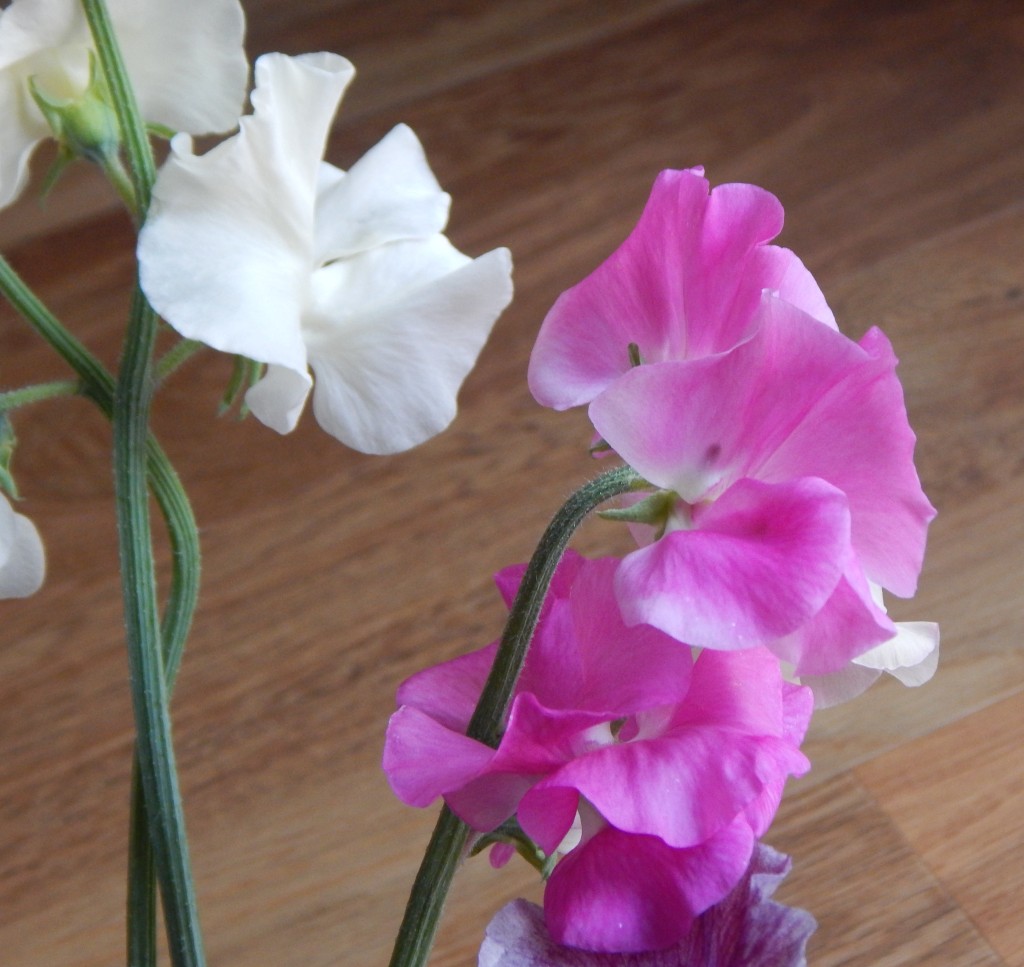
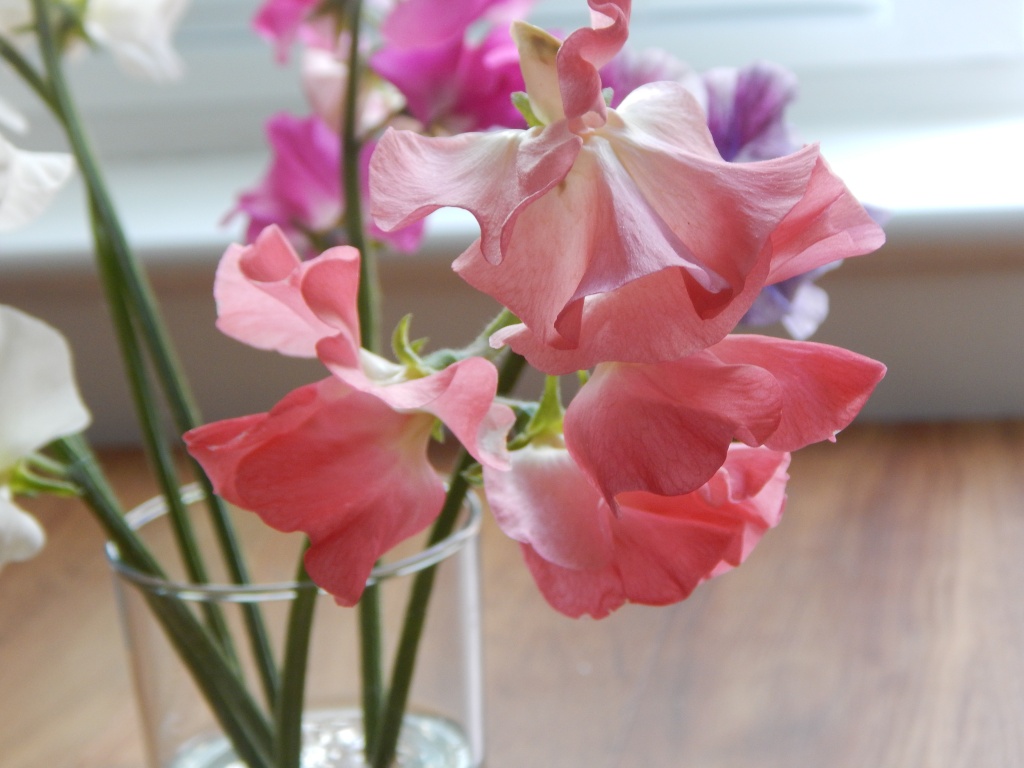
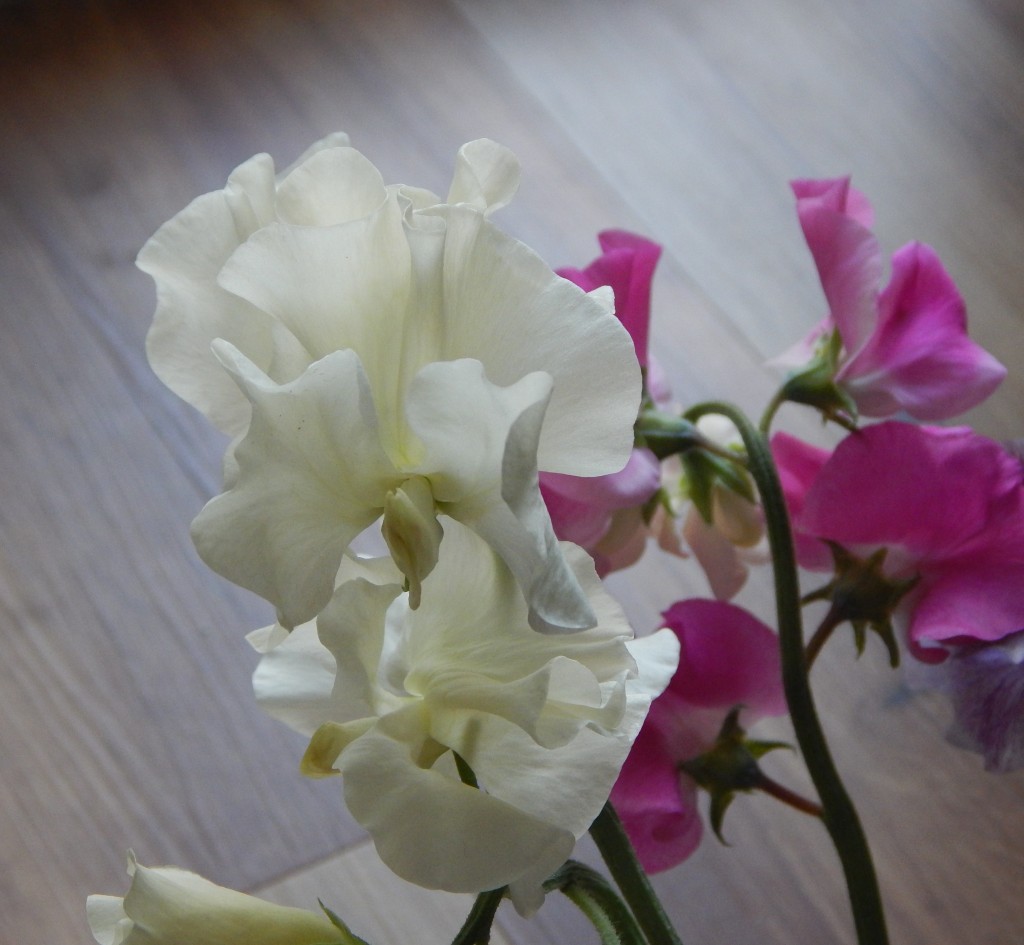
See also
See [214] Bird’s-foot Trefoil for the role of the family Fabaceae in Nitrogen Fixation.
There are many species within the tribe Fabeae that are widely cultivated as food crops. They include Pisum sativum, peas (including split peas); chickpeas; lentils and broad beans.
The close relative Phaseolus vulgaris has over a hundred varieties and includes runner beans, lima beans, kidney beans, haricot beans and French beans.
Other crops in the family Fabaceae include Soy (or Soya) beans and peanuts
I won’t go into details of worldwide production.
There are also several common wildflowers in the closely related genus Vicia, for example.
- Vicia sepium, Bush Vetch – pink flowers.
- Vicia sativa, Common Vetch, Garden Vetch, Tare or simply Vetch – blue to purple flowers.
- Vicia hirsuta, Hairy Vetch, Tiny Vetch or Hairy Tare – white or pale blue flowers.
- Vicia cracca, Tufted Vetch, Cow Vetch, Bird Vetch or Blue Vetch – blue flowers.
All are native to Europe, low growing, with small, thin leaves with tendrils and small flowers.
